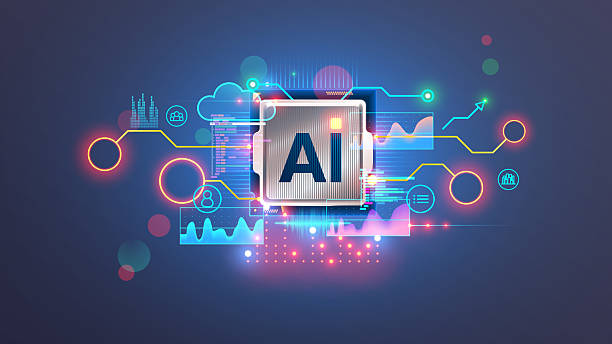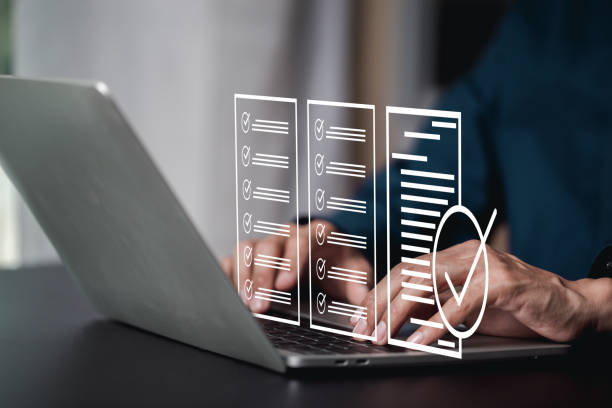What is On-Page SEO and Why is it Important?
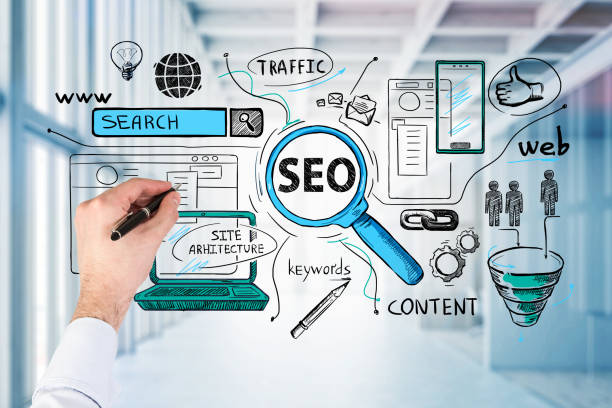
What is On-Page SEO and Why is it Important?
#On-Page SEO, also known as Internal SEO, is a set of techniques and actions performed within your website to improve its ranking in search results.
On-Page SEO helps search engines better understand your site’s content and display it to users looking for relevant information.
The importance of On-Page SEO lies in the fact that without proper optimization, even with the best content, your site might not be visible in search results.
Proper site optimization for search engines is done through On-Page SEO.
By improving On-Page SEO, you can attract more organic traffic, increase your website’s credibility, and ultimately achieve your business goals.
Don’t forget that SEO is not limited to On-Page SEO, and Off-Page SEO is just as important as On-Page SEO.
Are you worried about your e-commerce site’s low conversion rate and not achieving your desired sales?
Rasweb is your specialized solution for a successful e-commerce site.
✅ Significant increase in conversion rates and sales
✅ Professional and user-friendly design to attract customer satisfaction
⚡ Ready for a transformation in online sales? Get a free consultation!
Keyword Research – The Cornerstone of On-Page SEO
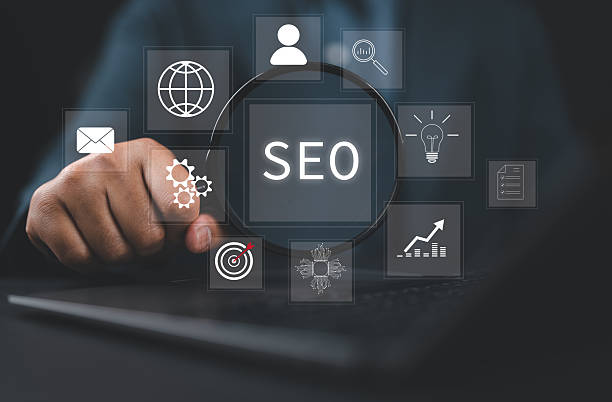
Keyword Research – The Cornerstone of On-Page SEO
Keyword research is the first and one of the most important steps in On-Page SEO.
Choosing the right keywords helps you optimize your content based on the needs and interests of your target audience.
To start, create a list of words and phrases that users search for to find your products or services.
Then, use keyword research tools like Ahrefs or Moz Keyword Explorer to find relevant keywords, their search volume, and competition.
Keywords with high search volume and low competition are the best options to target.
Also, look for Long-Tail Keywords, as these usually have higher conversion rates and less competition.
Ensure that the selected keywords are relevant to your page’s purpose and content.
On-Page SEO will not yield desired results without considering appropriate keywords.
Optimizing Page Title (Title Tag) and Meta Description

Optimizing Page Title (Title Tag) and Meta Description
Page Title (Title Tag) and Meta Description are two important elements in On-Page SEO that are displayed in search results.
The page title should be engaging, relevant, and contain the page’s main keyword.
The page title should not exceed 60 characters to be fully displayed in search results.
The meta description should also be an engaging and descriptive summary of the page’s content, encouraging the user to click.
The meta description should not exceed 160 characters.
Using relevant keywords in the meta description can also help improve page ranking.
Optimizing these two elements helps search engines better understand the page content and provides useful information to users.
Effective On-Page SEO requires careful attention to these two elements.
| Element | Description | Best Practice |
|---|---|---|
| Page Title (Title Tag) | The page title displayed in search results. | Engaging, relevant, contains keyword, max 60 characters |
| Meta Description | A summary of the page content displayed in search results. | Engaging, descriptive, contains keyword, max 160 characters |
Content Optimization – The King in On-Page SEO
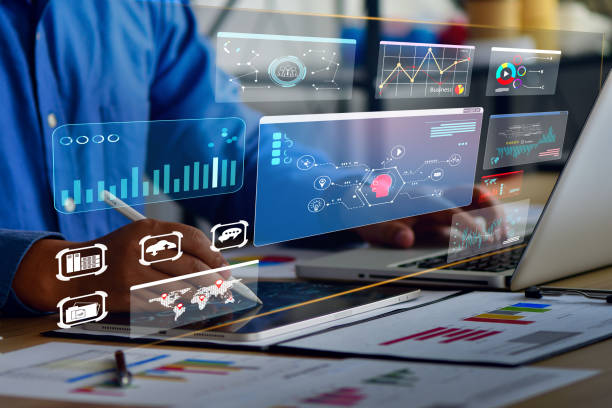
Content Optimization – The King in On-Page SEO
Content is king! This phrase is very important in the world of On-Page SEO.
Quality, valuable, and relevant content not only attracts users but also impresses search engines.
To optimize content, you must first know your target audience and understand their needs and questions.
Then, produce content that addresses these needs and provides useful information.
Use relevant keywords naturally in the text, but avoid keyword stuffing, as this can harm your site’s ranking.
Present your content in an organized and readable manner; use subheadings, lists, and images to improve readability.
Content marketing is one of the powerful tools of On-Page SEO.
Losing potential customers due to an unprofessional website? Rasweb is your answer! With our specialized corporate website design services:
✅ Enhance your business’s credibility and standing
✅ Experience attracting more targeted customers
⚡ Act now to receive a free consultation!
Image Optimization – Multimedia On-Page SEO

Image Optimization – Multimedia On-Page SEO
Images can significantly impact the attractiveness and value of your content.
By optimizing images, you can also help your site’s On-Page SEO.
To optimize images, use descriptive file names that contain keywords.
For example, instead of using a name like `IMG_1234.jpg`, use a name like `online-sport-shoe-purchase.jpg`.
Also, use the `alt` attribute for images and provide brief descriptions about the image.
These descriptions help search engines understand the image content and index it correctly.
Optimize image sizes as well to reduce page loading speed.
On-Page SEO is not limited to text; it also includes optimizing all site elements, including images.
URL Structure – Permalinks and On-Page SEO
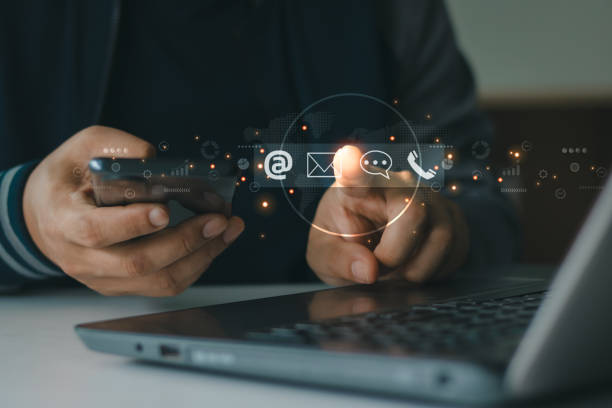
URL Structure – Permalinks and On-Page SEO
URL structure, or permalink, plays an important role in On-Page SEO.
Clear, short, and descriptive URLs help search engines and users better understand the page content.
Try to keep your URLs as short as possible and containing relevant keywords.
Avoid using special characters and unnecessary numbers in your URL.
For example, instead of using a URL like `example.com/page?id=123`, use a URL like `example.com/buy-sports-shoes`.
Also, use a hierarchical structure for your URLs so that your site’s structure is clear to search engines.
On-Page SEO requires attention to all details, including URL structure.
Internal Linking – Creating Connections Between Pages
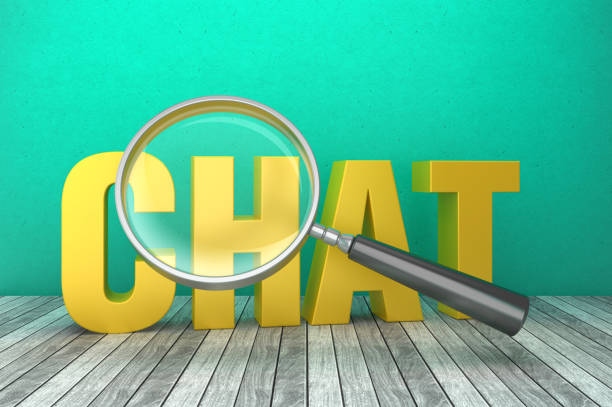
Internal Linking – Creating Connections Between Pages
Internal linking means creating connections between different pages of your website.
This helps search engines better understand your site’s structure and allows users to easily navigate your site.
With internal linking, you can increase the authority of your important pages and improve their ranking in search results.
When internal linking, use relevant and descriptive anchor text (the text that links to another page).
For example, if you want to link to a page about “On-Page SEO“, use anchor text like “Comprehensive On-Page SEO Guide“.
This helps search engines better understand the content of the page you are linking to.
Strong On-Page SEO requires an effective internal linking strategy.
| Advantage | Description |
|---|---|
| Improved Site Structure | Helps search engines better understand the site structure. |
| Increased Page Authority | Increases the authority of important pages and improves their ranking. |
| Improved User Experience | Allows users to easily navigate the site. |
Page Load Speed – User Experience and On-Page SEO

Page Load Speed – User Experience and On-Page SEO
Page load speed is one of the important factors in On-Page SEO and user experience.
Users who encounter slow page loading speeds are likely to leave your site and go to another.
This can harm your site’s ranking in search results.
To improve page load speed, you can use various methods such as image optimization, caching, reducing code size, and using a CDN (Content Delivery Network).
Google PageSpeed Insights is a free tool that helps you check your page load speed and get recommendations for improvement.
On-Page SEO includes improving all aspects of the site, including page load speed.
Does your current e-commerce website design not generate the expected sales for you?
Rasweb specializes in professional e-commerce website design!
✅ An attractive and user-friendly site aimed at increasing sales
✅ High speed and security for an ideal shopping experience⚡ Get a free online store design consultation with Rasweb!
Mobile Responsiveness – On-Page SEO in the Mobile World
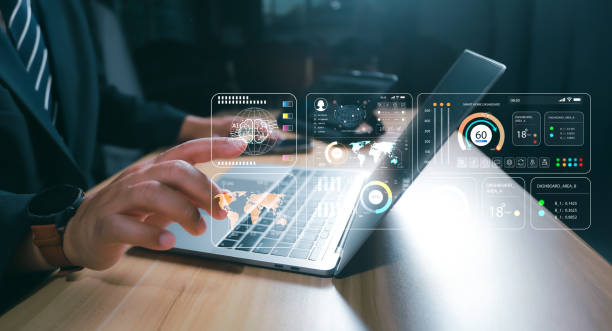
Mobile Responsiveness – On-Page SEO in the Mobile World
Given that most users access the internet via mobile, mobile responsiveness is a crucial factor in On-Page SEO.
If your site is not optimized for display on mobile devices, you will likely lose a lot of traffic.
To ensure mobile compatibility, use Responsive Design.
Responsive design means that your site automatically adapts to the screen size of the user’s device.
Also, ensure that your site displays correctly on various mobile devices and that users can easily navigate it.
Modern On-Page SEO requires special attention to mobile compatibility.
Schema Markup – Structured Data and Advanced On-Page SEO
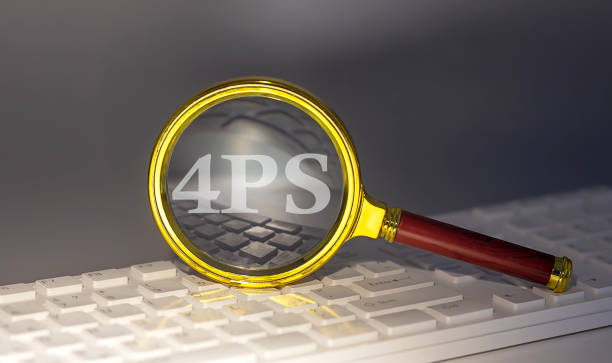
Schema Markup – Structured Data and Advanced On-Page SEO
Schema Markup, or structured data, are codes that help search engines better understand your page’s content.
By using Schema Markup, you can provide search engines with information such as content type, author, publication date, and user ratings.
This can help improve your site’s appearance in search results (Rich Snippets) and increase the click-through rate (CTR).
Using Schema Markup is an advanced technique in On-Page SEO that can significantly impact your site’s ranking.
Schema.org is a website that provides complete information about various types of Schema Markup and how to use them.
Advanced On-Page SEO requires the use of new techniques such as Schema Markup.
Frequently Asked Questions
| Row | Question | Answer |
|---|---|---|
| 1 | What is On-Page SEO? | On-Page SEO refers to a set of actions performed within a website (on its pages) to improve the site’s ranking in search engine results. This includes optimizing content, site structure, and HTML codes. |
| 2 | Why is On-Page SEO important? | On-Page SEO helps search engines better understand page content and determine whether that page is relevant and valuable for user searches. This better understanding leads to higher rankings. |
| 3 | What is the first and most important step in On-Page SEO? | Keyword Research is the most important initial step. By finding appropriate keywords, targeted content relevant to user needs can be produced. |
| 4 | What is the role of the Title Tag in On-Page SEO? | The title tag is one of the most important ranking factors and should include the main keyword. This tag is displayed as the page title in search results and influences the click-through rate (CTR). |
| 5 | What is the importance of the Meta Description? | The meta description does not directly affect ranking, but by providing an engaging summary of the page content in search results, it can encourage users to click, thereby increasing the click-through rate (CTR). |
| 6 | Why is using headings (H1, H2, etc.) important in content? | Headings help structure content and improve readability for users and search engine crawlers. Using keywords in headings also helps search engines better understand the topic. |
| 7 | What does Image Optimization in On-Page SEO include? | It includes compressing images to reduce size, using descriptive and relevant file names, and filling the Alt tag (alternative text) with relevant keywords to help search engines understand the image content. |
| 8 | What is meant by Internal Linking in On-Page SEO? | Internal linking refers to creating links between different pages of a website. This helps distribute page authority (Link Equity), improve user experience, and assist search engine crawlers in discovering new pages. |
| 9 | Why is Page Load Speed important for On-Page SEO? | Page load speed is a direct ranking factor and significantly impacts user experience. Slow pages can lead to an increase in bounce rate and reduced user engagement. |
| 10 | What role does quality content play in On-Page SEO? | High-quality, comprehensive, unique, and valuable content for the user is the core of On-Page SEO. This content not only attracts and retains users but also sends positive signals to search engines, helping to achieve better rankings. |
And other services of Rasweb Advertising Agency in the field of advertising
- Smart Customer Journey Map: A creative platform to improve customer behavior analysis with an SEO-driven content strategy.
- Smart Advertorial: A combination of creativity and technology for customer behavior analysis through user experience customization.
- Smart Marketplace: Professional optimization for customer behavior analysis using key page optimization.
- Smart Customer Journey Map: A creative platform to improve online growth with key page optimization.
- Smart Sales Automation: An effective tool to increase sales through user experience customization.
And over hundreds of other services in the field of internet advertising, advertising consultation, and organizational solutions
Internet Advertising | Advertising Strategy | Advertorial
Sources
Comprehensive Guide to Internal Linking
Key Tips for Content Optimization for SEO
The Importance of Site Speed in SEO and Ranking Improvement
Technical SEO Basics: What You Need to Know
? Ready to revolutionize your business in the digital world? Rasweb Afarin Digital Marketing Agency, specializing in SEO, content marketing, and corporate website design, is your reliable partner on the path to growth and success.
📍 Tehran, Mirdamad Street, next to Bank Markazi, Southern Kazeroon Alley, Ramin Alley, No. 6


